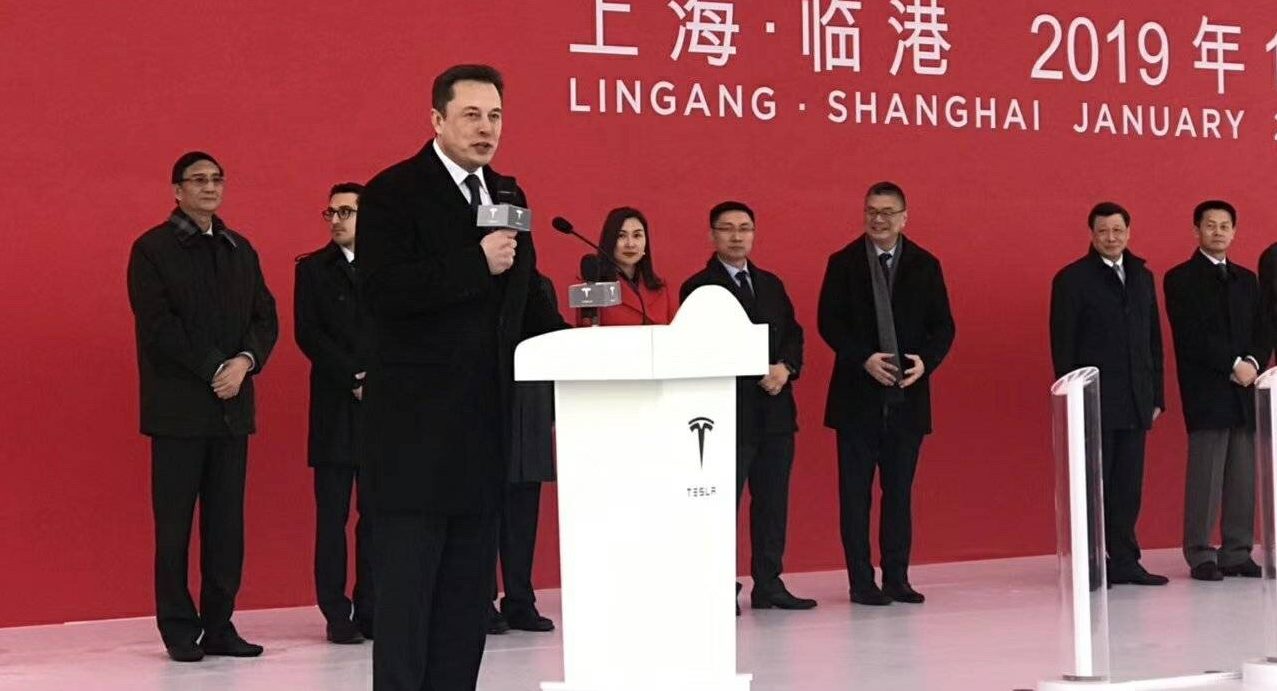
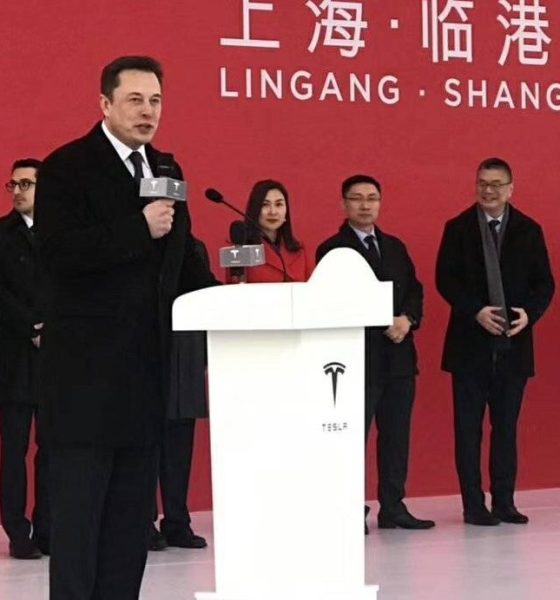
Investor's Corner
Tesla’s Gigafactory 3 is encouraging China’s local EV makers to be more competitive
Within the next few months, Tesla would begin exporting the Model 3 Performance and Long Range Model 3 AWD to the Chinese market. By the end of the year, the electric car maker aims to have the first Model 3 produced in Gigafactory 3, which will be equipped with both battery and electric car assembly lines.
There is a very good reason why the automotive industry is putting a lot of effort into saturating China. The country, after all, is the largest automobile market globally, both in terms of demand and supply. In 2017 alone, the country produced almost 25 million passenger cars and roughly 4 million commercial vehicles. The country is also a large market for electric vehicles, with sales of EVs hitting the 1 million mark in 2018, and estimates indicating that up to 2 million EVs could be sold in China by 2020.
Amidst this competitive car market lies Tesla and the upcoming Gigafactory 3. So far, Tesla’s electric cars — the Model S and Model X — have been competing in the Chinese market as higher-priced, premium alternatives to locally-made EVs. Tesla has been pretty successful in this sense, becoming a brand largely associated with status and quality, similar to other premium products such as the Apple iPhone. With Gigafactory 3, though, Tesla is stepping away from this strategy, as the facility is looking to produce the Model 3 and Model Y — affordable electric cars that can attack the much-larger, lower-end of the market.
While the presence of Tesla’s massive facility in Shanghai could result in more intense competition, though, some of the country’s local electric car companies have stated that they welcome the arrival of the Silicon Valley-based company nonetheless. In a statement to Xinhua News, Cui Dongshu, secretary general of the China Passenger Car Association, noted that the arrival of Gigafactory 3 would likely encourage local carmakers to step up their game. This, of course, benefits consumers.
“Tesla’s China production will have a ‘catfish effect’ in the country’s auto industry, pushing domestic carmakers to speed up their technological upgrading,” Cui said.
Jin Guoqing, deputy director of Chang’an Automobile, an automotive dynamics research institute, stated that his company would push its efforts even further now that Tesla has arrived in China, particularly as his firm targets a different price bracket and demographic compared to the American carmaker.
“We shall amplify our advantages to the most,” Jin said.
Legacy carmakers that are also attempting to breach the country’s lucrative and growing auto market are raising the stakes for their competition as well. Mercedes-Benz Parts Manufacturing & Service Ltd., for one, also inaugurated its first factory outside Europe last October. Just like Gigafactory 3, Mercedes-Benz’ factory is being built on the Lingang Area. BMW, on the other hand, also announced last October that it would be increasing its stake in BMW Brilliance Automotive, a joint venture located in in the northeastern city of Shenyang.
Ultimately, the arrival of Tesla’s Gigafactory 3 would likely boost the country’s electric car initiatives. Thus, apart from allowing Tesla to tap into what could very well be a lucrative market, Gigafactory 3 could also be the trigger that pushes even more innovation forward in the country. With vehicles such as the Model 3 and the Model Y saturating China, after all, competitors would be wise to come up with vehicles that are just as good or even better than Tesla’s electric cars.
Elon Musk, for his part, has expressed his high hopes for the facility. During an interview after the groundbreaking event, Musk stated that he has been very impressed with the construction capabilities of China so far. In his speech at the groundbreaking ceremony, Musk urged the country’s most driven workers to apply for a post in Gigafactory 3, even noting that maybe, just maybe, someone working in Gigafactory 3 could succeed him someday.
“I do want to emphasize that there’s no limit on the potential. One day, somebody could join us — a junior engineer here at Tesla Shanghai Gigafactory — and ultimately, maybe have my job someday,” Musk said.

Investor's Corner
Tesla bear gets blunt with beliefs over company valuation
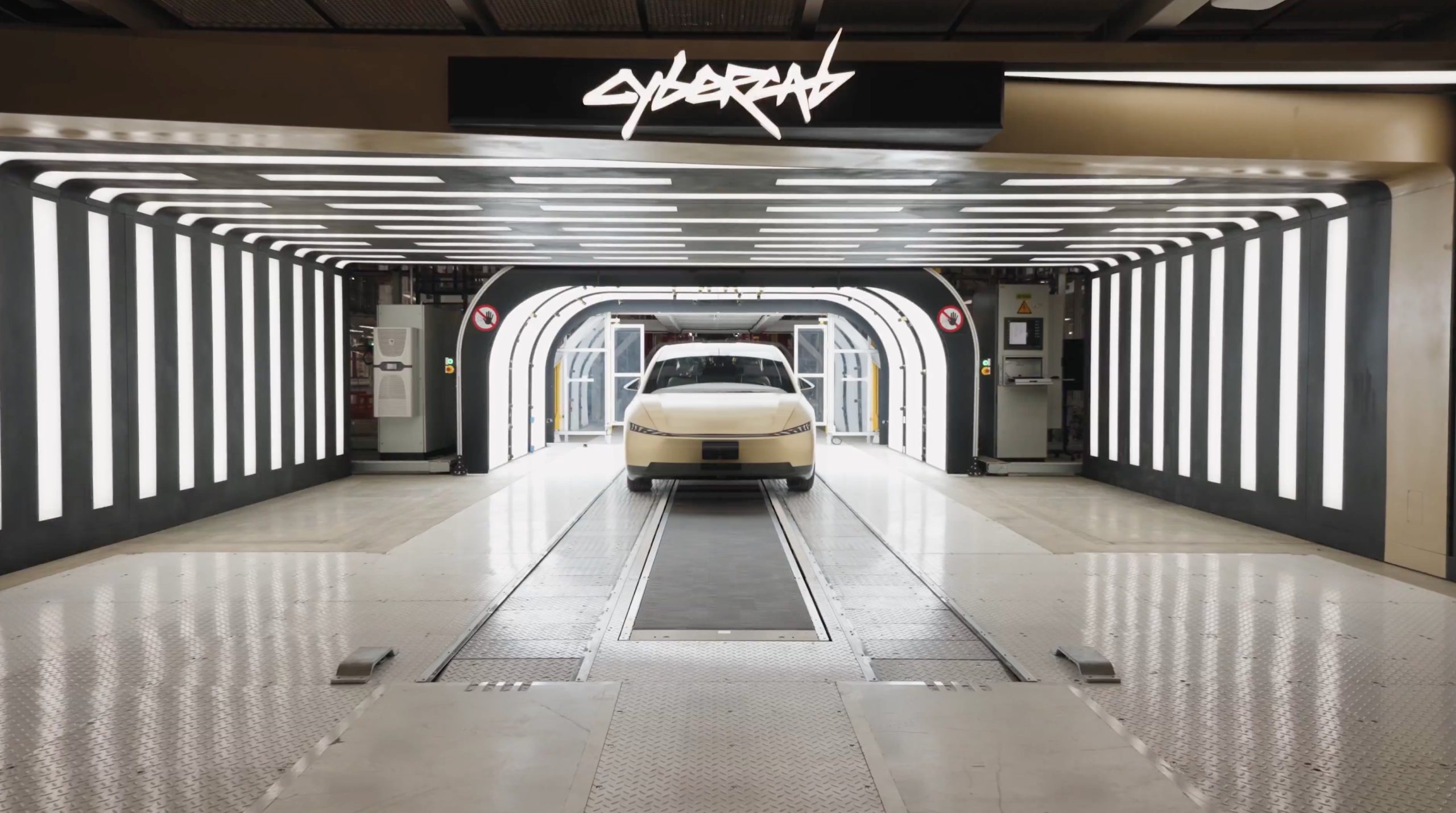
Tesla bear Michael Burry got blunt with his beliefs over the company’s valuation, which he called “ridiculously overvalued” in a newsletter to subscribers this past weekend.
“Tesla’s market capitalization is ridiculously overvalued today and has been for a good long time,” Burry, who was the inspiration for the movie The Big Short, and was portrayed by Christian Bale.
Burry went on to say, “As an aside, the Elon cult was all-in on electric cars until competition showed up, then all-in on autonomous driving until competition showed up, and now is all-in on robots — until competition shows up.”
Tesla bear Michael Burry ditches bet against $TSLA, says ‘media inflated’ the situation
For a long time, Burry has been skeptical of Tesla, its stock, and its CEO, Elon Musk, even placing a $530 million bet against shares several years ago. Eventually, Burry’s short position extended to other supporters of the company, including ARK Invest.
Tesla has long drawn skepticism from investors and more traditional analysts, who believe its valuation is overblown. However, the company is not traded as a traditional stock, something that other Wall Street firms have recognized.
While many believe the company has some serious pull as an automaker, an identity that helped it reach the valuation it has, Tesla has more than transformed into a robotics, AI, and self-driving play, pulling itself into the realm of some of the most recognizable stocks in tech.
Burry’s Scion Asset Management has put its money where its mouth is against Tesla stock on several occasions, but the firm has not yielded positive results, as shares have increased in value since 2020 by over 115 percent. The firm closed in May.
In 2020, it launched its short position, but by October 2021, it had ditched that position.
Tesla has had a tumultuous year on Wall Street, dipping significantly to around the $220 mark at one point. However, it rebounded significantly in September, climbing back up to the $400 region, as it currently trades at around $430.
It closed at $430.14 on Monday.
Investor's Corner
Mizuho keeps Tesla (TSLA) “Outperform” rating but lowers price target
As per the Mizuho analyst, upcoming changes to EV incentives in the U.S. and China could affect Tesla’s unit growth more than previously expected.
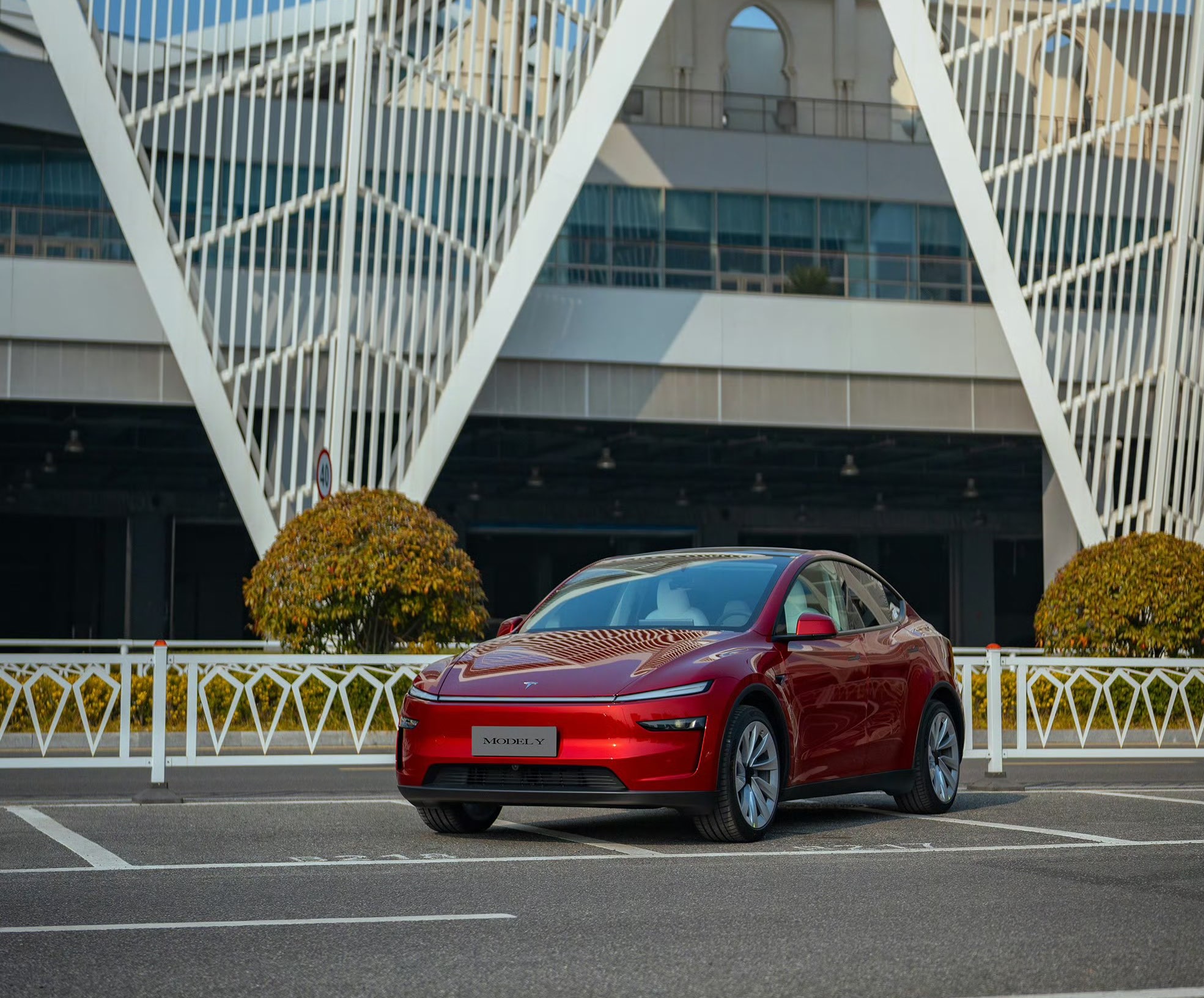
Mizuho analyst Vijay Rakesh lowered Tesla’s (NASDAQ:TSLA) price target to $475 from $485, citing potential 2026 EV subsidy cuts in the U.S. and China that could pressure deliveries. The firm maintained its Outperform rating for the electric vehicle maker, however.
As per the Mizuho analyst, upcoming changes to EV incentives in the U.S. and China could affect Tesla’s unit growth more than previously expected. The U.S. accounted for roughly 37% of Tesla’s third-quarter 2025 sales, while China represented about 34%, making both markets highly sensitive to policy shifts. Potential 50% cuts to Chinese subsidies and reduced U.S. incentives affected the firm’s outlook.
With those pressures factored in, the firm now expects Tesla to deliver 1.75 million vehicles in 2026 and 2 million in 2027, slightly below consensus estimates of 1.82 million and 2.15 million, respectively. The analyst was cautiously optimistic, as near-term pressure from subsidies is there, but the company’s long-term tech roadmap remains very compelling.
Despite the revised target, Mizuho remained optimistic on Tesla’s long-term technology roadmap. The firm highlighted three major growth drivers into 2027: the broader adoption of Full Self-Driving V14, the expansion of Tesla’s Robotaxi service, and the commercialization of Optimus, the company’s humanoid robot.
“We are lowering TSLA Ests/PT to $475 with Potential BEV headwinds in 2026E. We believe into 2026E, US (~37% of TSLA 3Q25 sales) EV subsidy cuts and China (34% of TSLA 3Q25 sales) potential 50% EV subsidy cuts could be a headwind to EV deliveries.
“We are now estimating TSLA deliveries for 2026/27E at 1.75M/2.00M (slightly below cons. 1.82M/2.15M). We see some LT drivers with FSD v14 adoption for autonomous, robotaxi launches, and humanoid robots into 2027 driving strength,” the analyst noted.
Investor's Corner
Tesla stock lands elusive ‘must own’ status from Wall Street firm
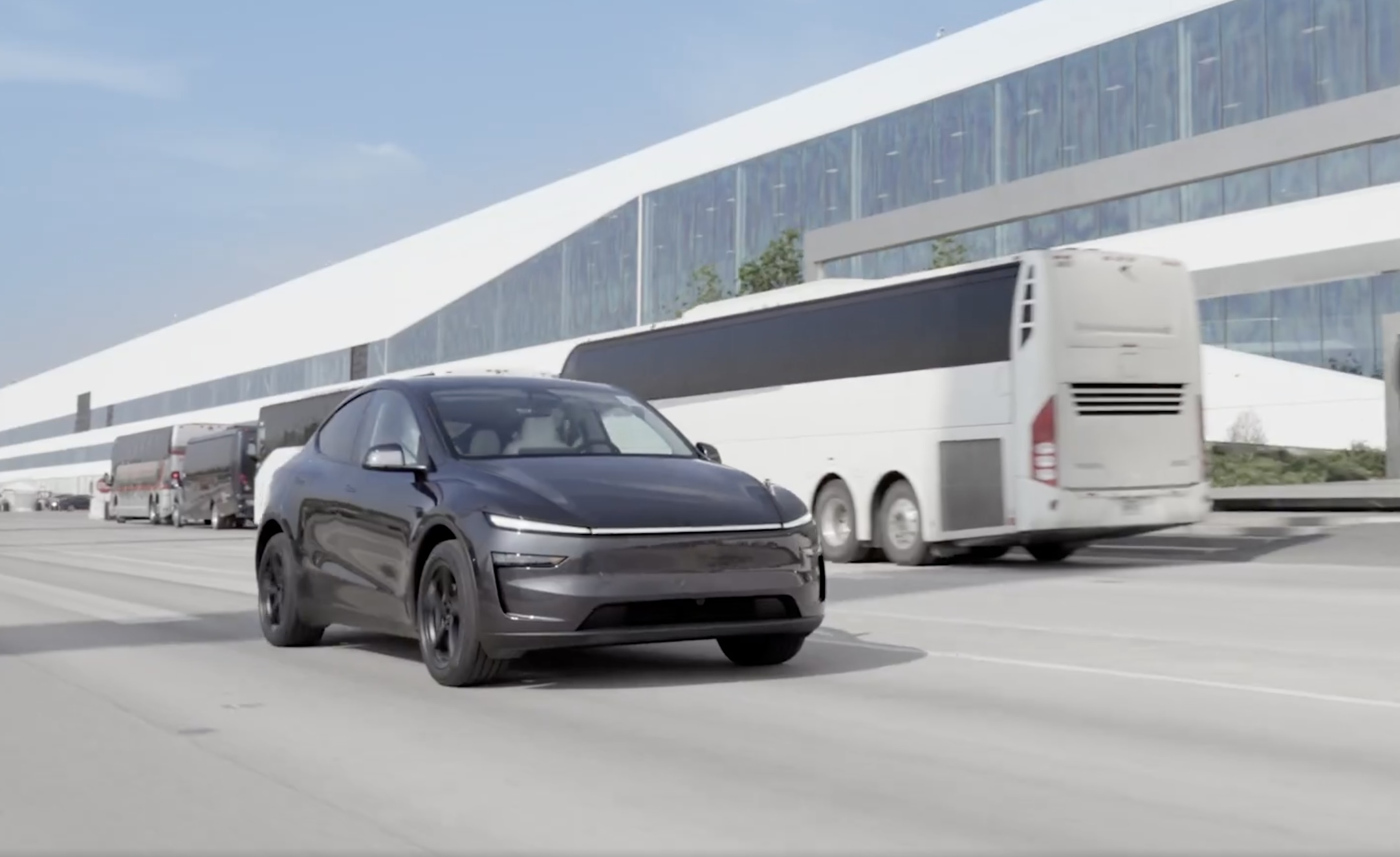
Tesla stock (NASDAQ: TSLA) has landed an elusive “must own” status from Wall Street firm Melius, according to a new note released early this week.
Analyst Rob Wertheimer said Tesla will lead the charge in world-changing tech, given the company’s focus on self-driving, autonomy, and Robotaxi. In a note to investors, Wertheimer said “the world is about to change, dramatically,” because of the advent of self-driving cars.
He looks at the industry and sees many potential players, but the firm says there will only be one true winner:
“Our point is not that Tesla is at risk, it’s that everybody else is.”
The major argument is that autonomy is nearing a tipping point where years of chipping away at the software and data needed to develop a sound, safe, and effective form of autonomous driving technology turn into an avalanche of progress.
Wertheimer believes autonomy is a $7 trillion sector,” and in the coming years, investors will see “hundreds of billions in value shift to Tesla.”
A lot of the major growth has to do with the all-too-common “butts in seats” strategy, as Wertheimer believes that only a fraction of people in the United States have ridden in a self-driving car. In Tesla’s regard, only “tens of thousands” have tried Tesla’s latest Full Self-Driving (Supervised) version, which is v14.
Tesla Full Self-Driving v14.2 – Full Review, the Good and the Bad
When it reaches a widespread rollout and more people are able to experience Tesla Full Self-Driving v14, he believes “it will shock most people.”
Citing things like Tesla’s massive data pool from its vehicles, as well as its shift to end-to-end neural nets in 2021 and 2022, as well as the upcoming AI5 chip, which will be put into a handful of vehicles next year, but will reach a wider rollout in 2027, Melius believes many investors are not aware of the pace of advancement in self-driving.
Tesla’s lead in its self-driving efforts is expanding, Wertheimer says. The company is making strategic choices on everything from hardware to software, manufacturing, and overall vehicle design. He says Tesla has left legacy automakers struggling to keep pace as they still rely on outdated architectures and fragmented supplier systems.
Tesla shares are up over 6 percent at 10:40 a.m. on the East Coast, trading at around $416.








